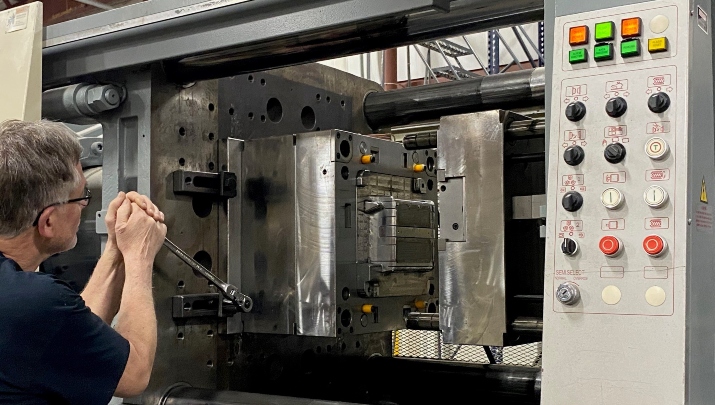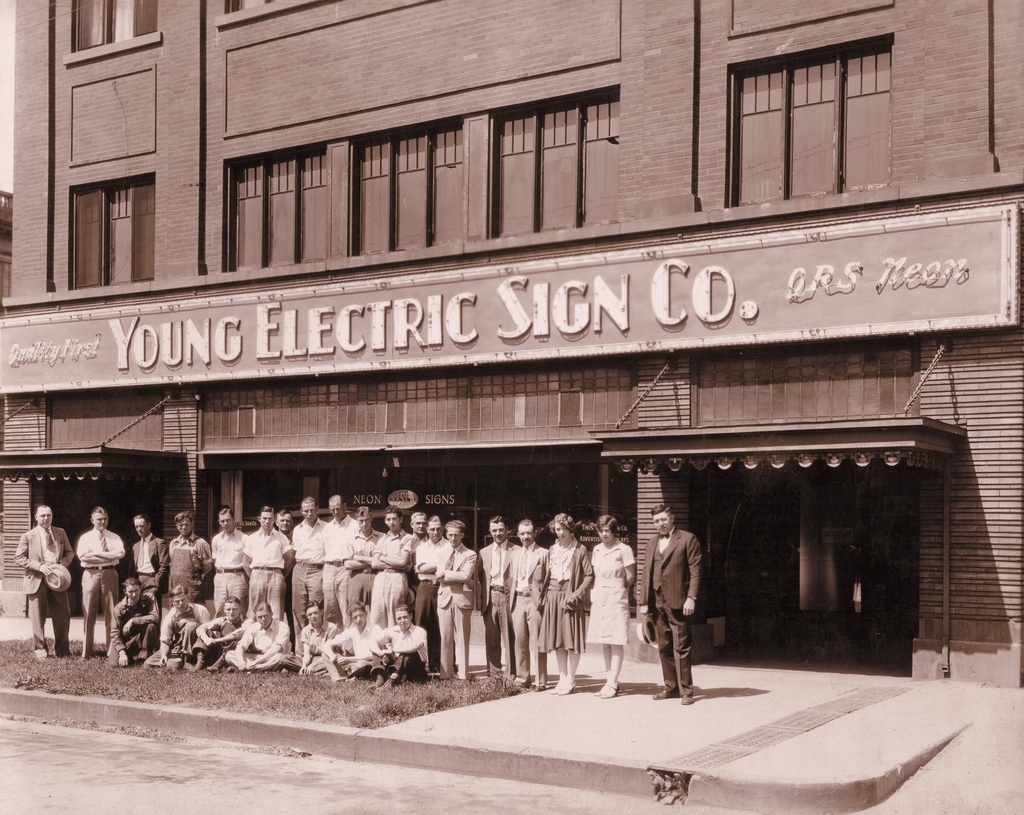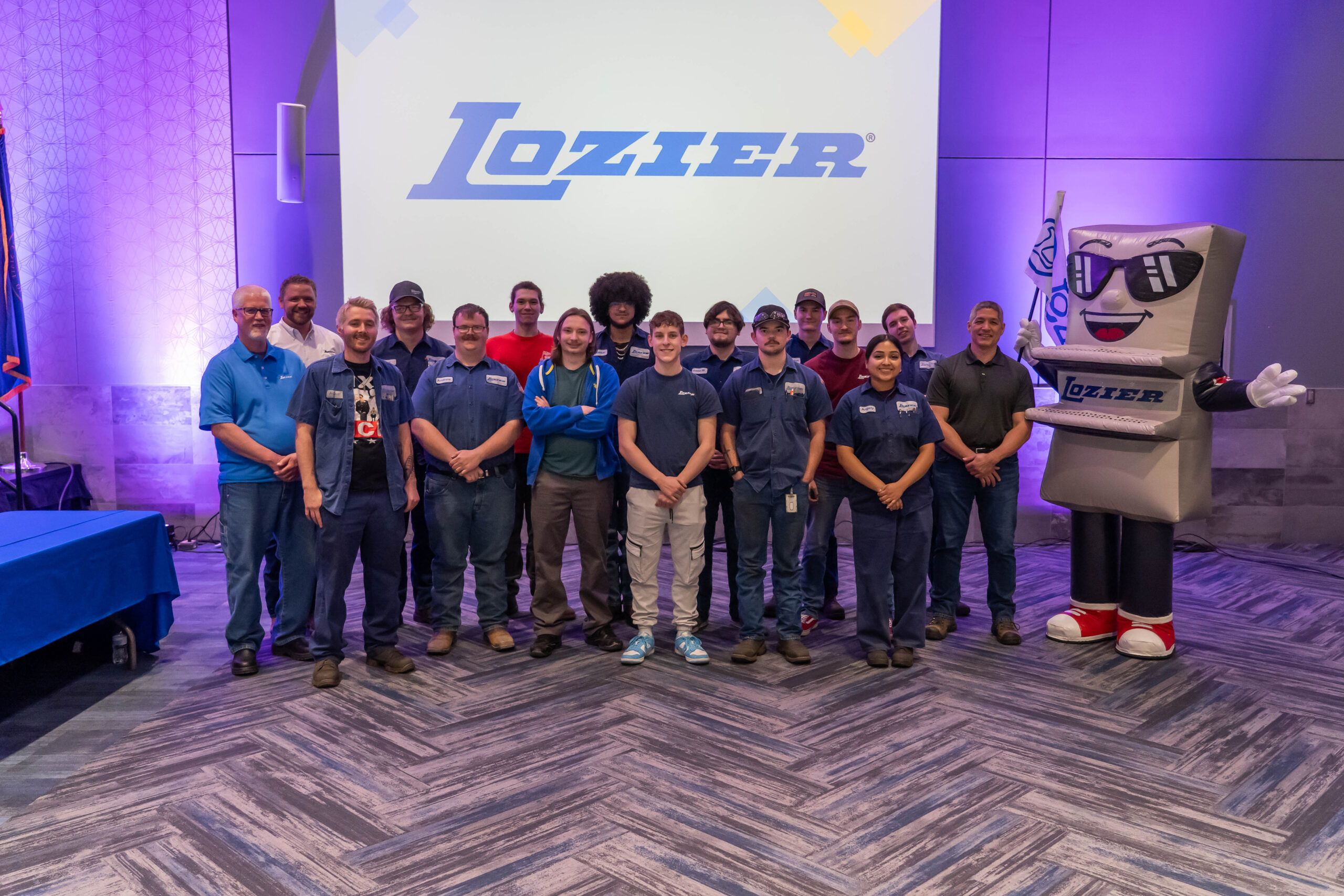
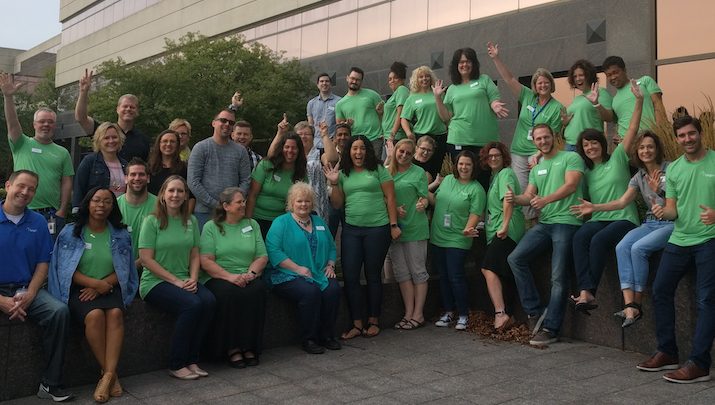
The Transformative Power of Why
- Jeff Chungath
- Telligen
When I stepped into my role as CEO of our Evergreen population health management company, Telligen, in 2011, we were at a crossroads. As co-founder of what was now a new business emerging with the assets of a predecessor company where I had been an employee, I knew I was facing a period of significant challenge—but I had a few ideas. When I assumed leadership, we were losing clients, revenue, and employees. The exodus of very talented people was especially devastating because the real value of our type of business is in the people.
I knew that to move forward, we had to answer the most basic question: Why do we exist?
At that point, the company had been pursuing a wide range of work, and neither employees nor clients were able to articulate a connection or clear Purpose that bound the pieces to form a whole. Employees may have identified with a specific domain of work or a specific client, but it wasn’t clear why we existed as an entity.
And yet, I knew these disparate pieces could be brought together to form a company that would reflect our passion for transforming lives and economies through better health. I had a sense for the incredible experience of our people and the products and solutions we had built and could continue to create as a company. So, rather than quickly jumping into how to fix sales or account management or financials, which were all jockeying to be top of mind, I knew we first had to find our center and define our Purpose.
Without the resources for an outside consultant or facilitator, we started internally by asking questions and finding focus. I started the conversation by asking the negative question: “If we didn’t exist as a business, would anybody miss us? What would be different? Who wouldn’t get something they needed?”
As we worked through that exercise, employees responded, reflecting their individual projects and clients’ needs. Answers ranged from, “If we didn’t exist, then a cancer patient wouldn’t be able to get case management;” to, “if we didn’t exist, this provider wouldn’t be able to implement an electronic health record;” to, “if we didn’t exist, this nursing home would not be able to ensure the best quality of care to loved ones.” Everybody was touching the elephant in a different place—circling around one another as though inhabiting different planets and speaking different languages.
But amidst the different answers, a strong common thread emerged: Each project, each piece of work was, in its unique way, moving people to better health, and together we were helping manage the cost of healthcare. We had found our shared Purpose. With that grounding work complete, we moved on to develop a mission and vision by asking: “What would we look like if we did things really well? What would that mean to our clients?” With our Purpose defined, the vision came naturally: We want to improve people’s lives and fix the U.S. economy that is so negatively impacted by high healthcare costs.
One of the first benefits of this new foundation was to align our work with our Purpose. Now, in reviewing existing projects and prospective clients, we were able to easily discern if their goals were aligned with what we wanted to be as a company. If they were, we were able to quickly recognize that and say, “yes, what you’re trying to solve aligns absolutely with what we do, and we want to do this job.” On the flip side, if we were presented with a project that did not reflect our Purpose, we could say, “no, that’s not what we do; that’s not who we are.” Knowing what work to go after, what work to keep, what work to grow, and who we needed on the bus to do the work and move us down the road were all early results of our newly defined Purpose.
As we became increasingly centered as a business, we attracted new clients who aligned with our Purpose, and existing clients noticed our clarity and found a deeper connection between our work and their goals. With increased sales, the business’ top line changed, which created all sorts of good things, as we were able to slowly open up opportunities for professional development, create new products, and improve existing systems. Prioritizing these internal investments came pretty quickly with our newfound Purpose because we knew now what we were about. Instead of fragmenting investment with the hope that something would click, we knew which investments aligned with our Purpose and would move us toward our shared goals.
As we moved forward, directed by our Purpose, we also honed our language and were able to clearly articulate who we were and how we were meeting our goals internally and externally. Internally, we were able to share success stories and client acquisition in a way that allowed employees to connect those wins to our mission. Externally, we were able to connect with clients more efficiently and more deeply. And, our recruiting efforts improved as hiring managers began to use the new language of our Purpose and attract a different kind of talent that was more connected to the company’s Purpose.
Now, seven years later, I can say that our Purpose is part of our DNA. I have seen how a business can be transformed when you are clear about your Purpose and understand why your company exists. On a personal note, as an Evergreen CEO, I continue to feel the power of the work we’ve done. When I am facing a challenge, it’s my deep belief in our Purpose that keeps me going: I know exactly why we exist and how we are changing lives. That makes it all worthwhile.
Jeff Chungath is the CEO and a founder of Telligen, a 100 percent employee-owned population health management company with a mission to be the company that fixes what ails the healthcare system in the United States through health management solutions that drive better health and value to purchasers of health benefits.
More Articles and Videos
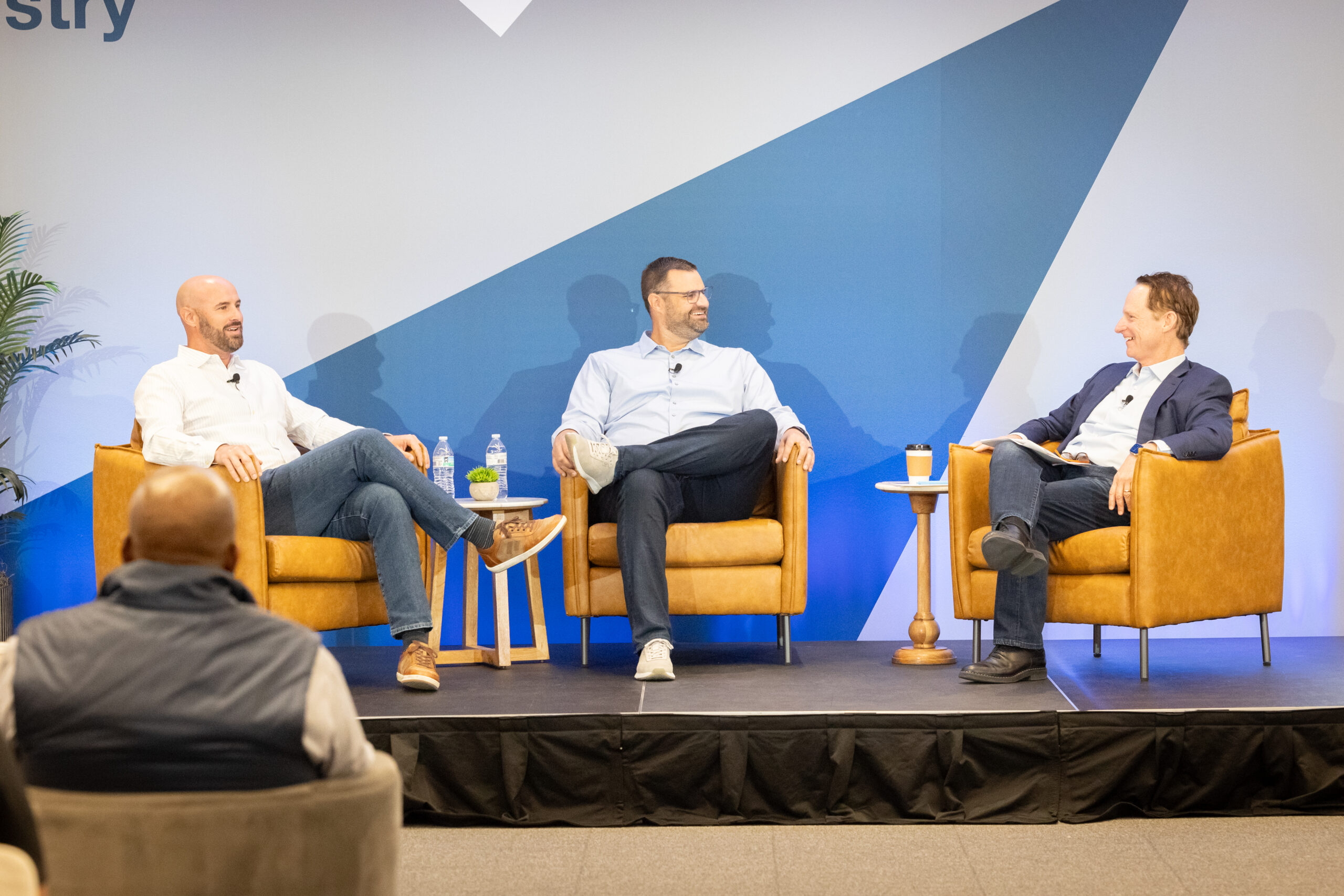
Fireside Chat with Dave Thrasher, Dan Thrasher, and Dave Whorton
- Dave Thrasher, Dan Thrasher, & Dave Whorton
- Supportworks and Thrasher Group

Get Evergreen insight and wisdom delivered to your inbox every week
By signing up, you understand and agree that we will store, process and manage your personal information according to our Privacy Policy
